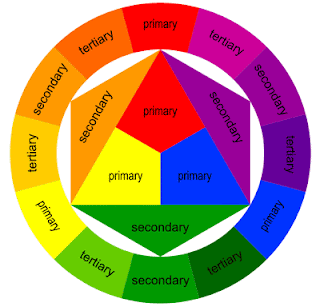Textiles are all around us. We wear textiles, we sleep is textiles.
We need them to keep us warm and safe. They keep us in fashion and, most importantly, they help make our lives comfortable.
Textiles have been used by people all over the world for thousands of years.
Cave dwellers and indigenous peoples wore dried animal skins as protection from wind, rain and the sun. Egyptians made clothes, cloths and drapes from flax.
The link below will show how indigenous Australian's used fibre in their everday lives.
We need them to keep us warm and safe. They keep us in fashion and, most importantly, they help make our lives comfortable.
Textiles have been used by people all over the world for thousands of years.
Cave dwellers and indigenous peoples wore dried animal skins as protection from wind, rain and the sun. Egyptians made clothes, cloths and drapes from flax.
The link below will show how indigenous Australian's used fibre in their everday lives.
The term textiles comes from the Latin word textere, meaning to weave. Originally, the term only applied to woven fabrics and things made from woven fabrics. Today, the definition is broader. Textiles are made from many different types of fibres, yarns and fabrics.
Fabrics can be woven, knitted of non-woven, although some fabrics do not fit into any of these categories and may , for example, be braided, tufted or laced.
Textiles uses:
Over the years textiles have served many purposes, including:
- clothing for people
- curtains for stage, show saddles, rugs for horses
- seat covers for cars
- carpets for floors
- tents for camping
- bandages for wounds
- padding for seats
- blankets for warmth
- cloths for cleaning
- lining for car tyres
- stuffing for basketballs
The slideshow in the following post will highlight just how textiles have evolved through the ages.
Fashion Designers
Information on individual designers, Australian and international.Australian | International |
Fashion News |





















